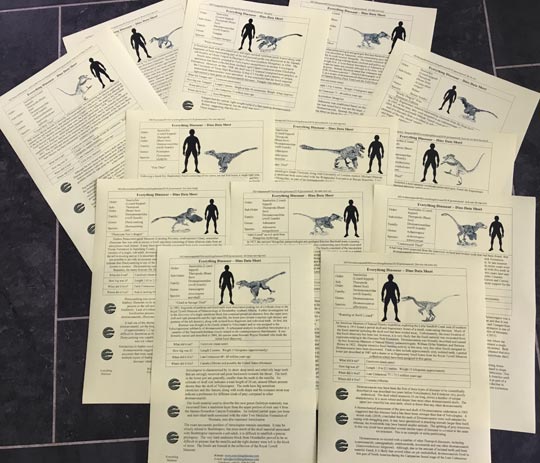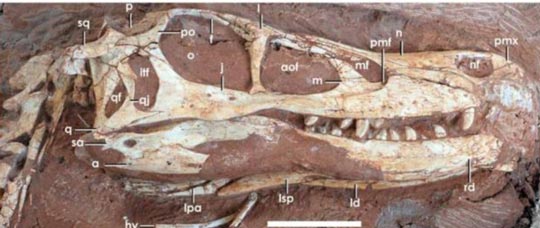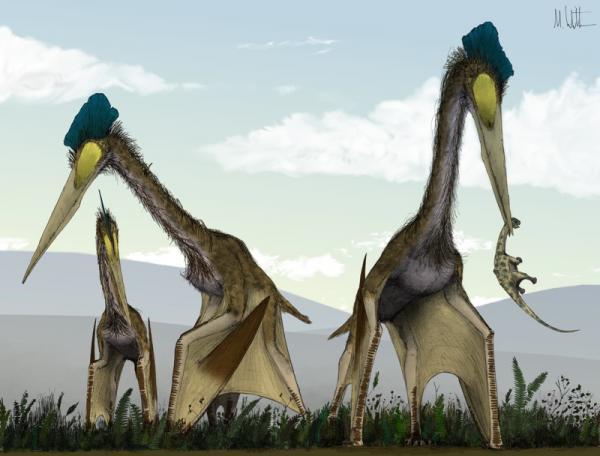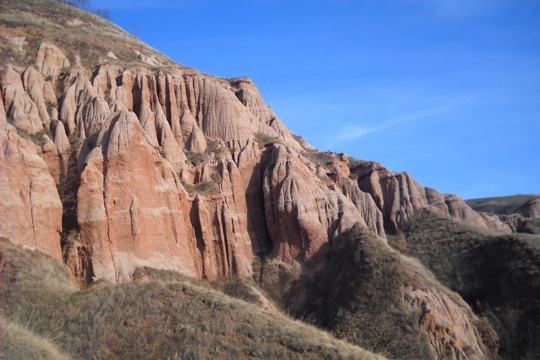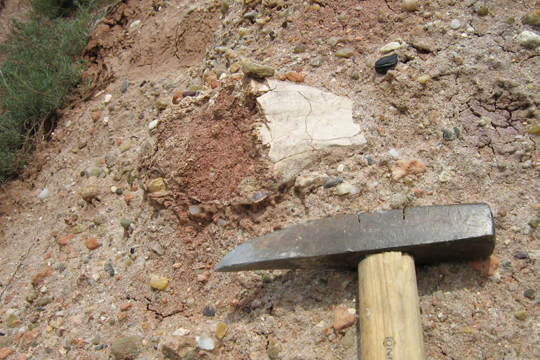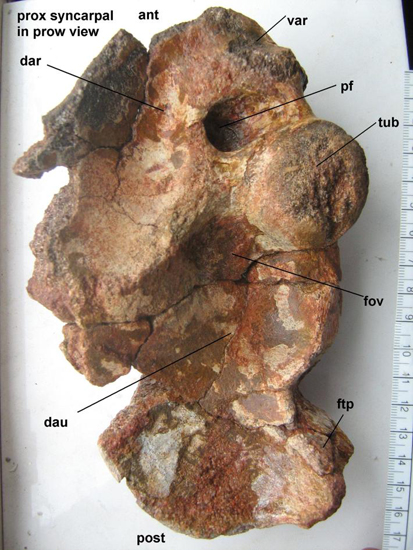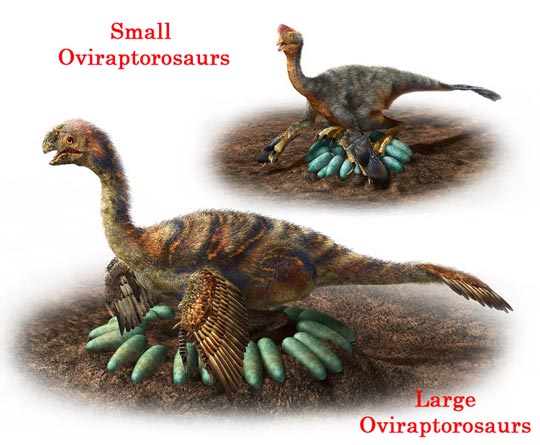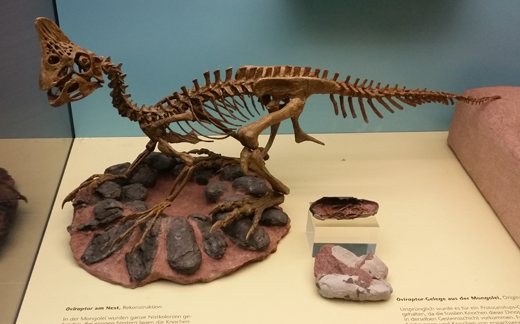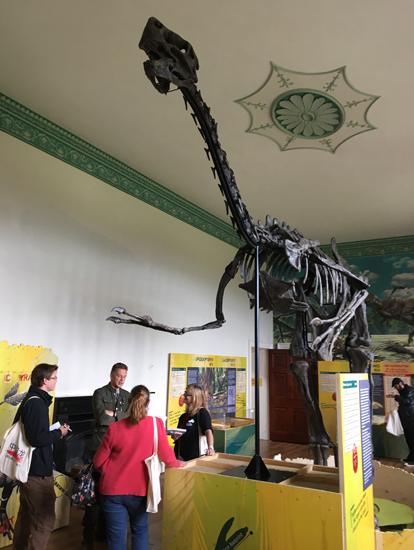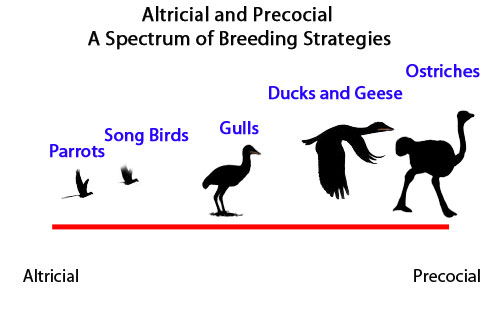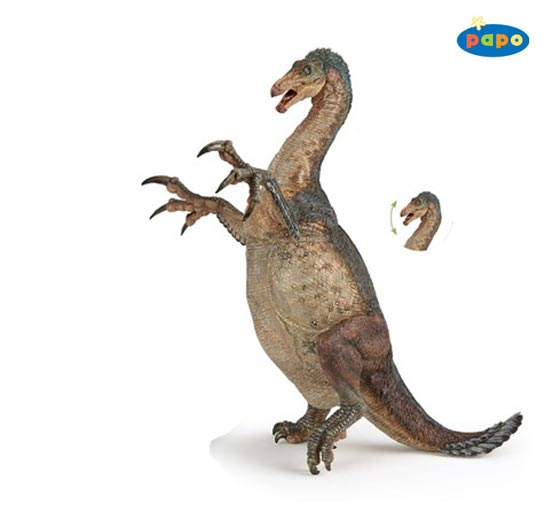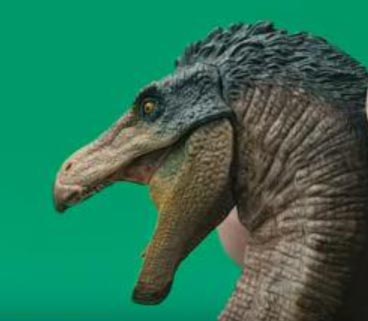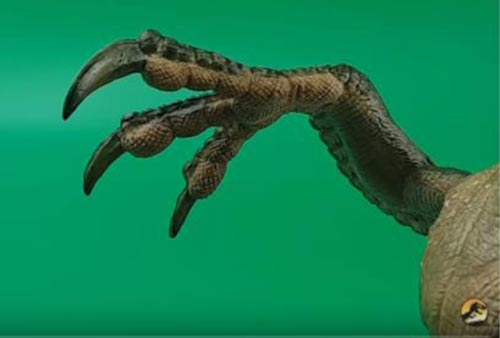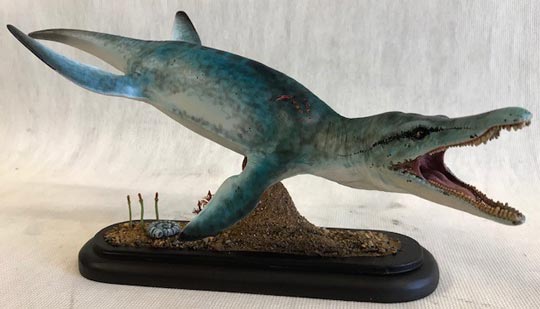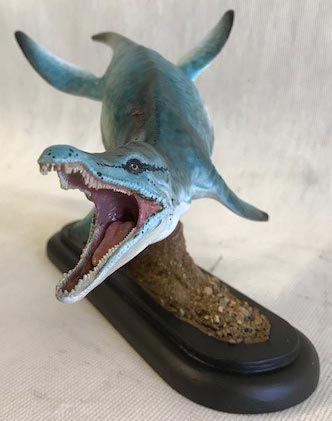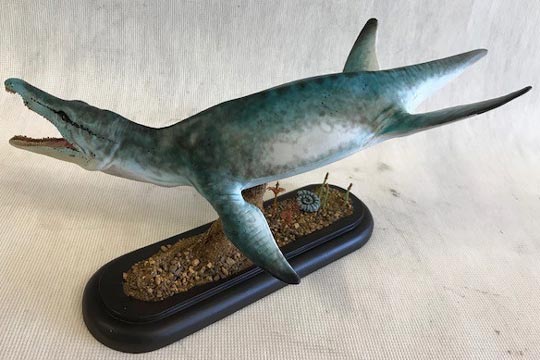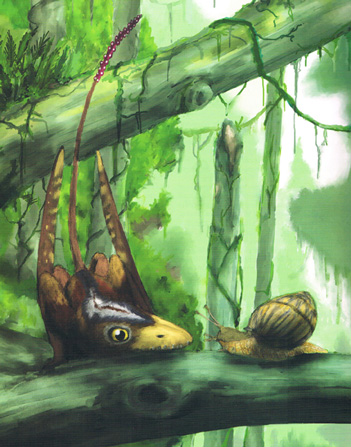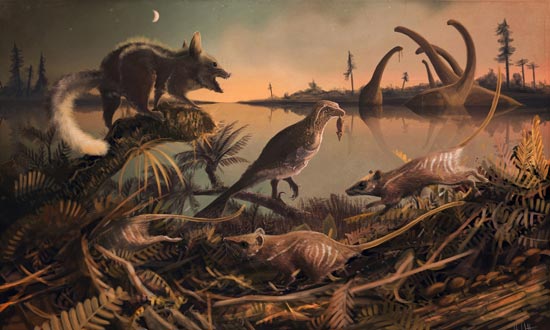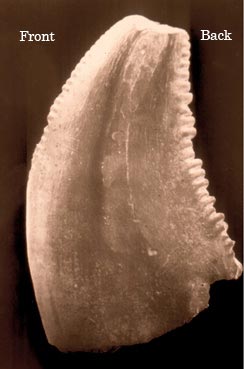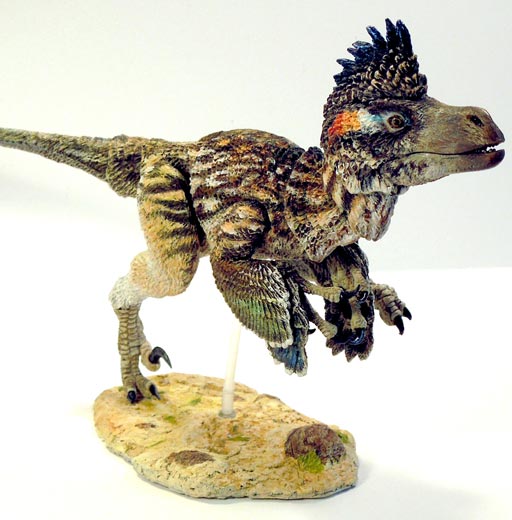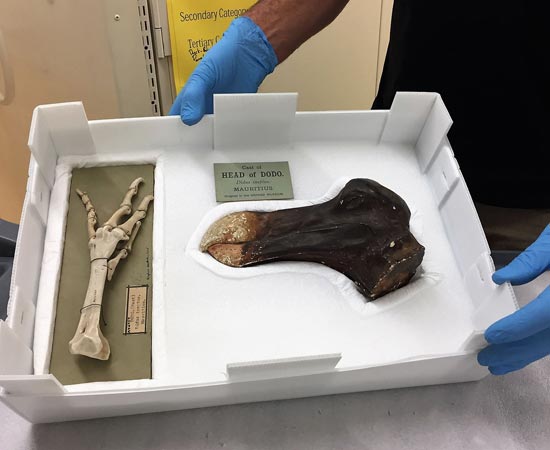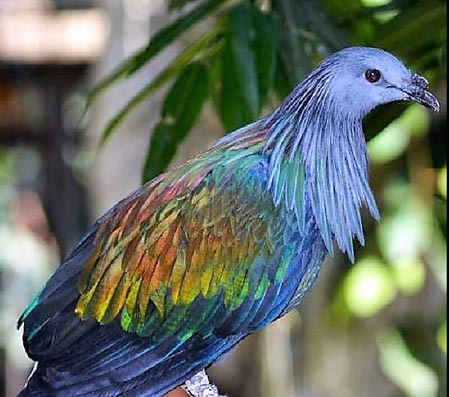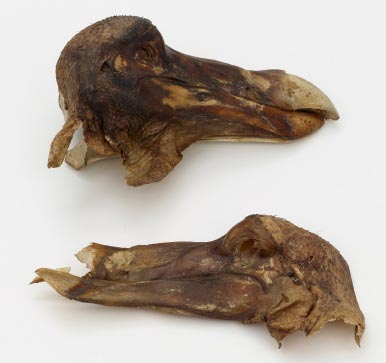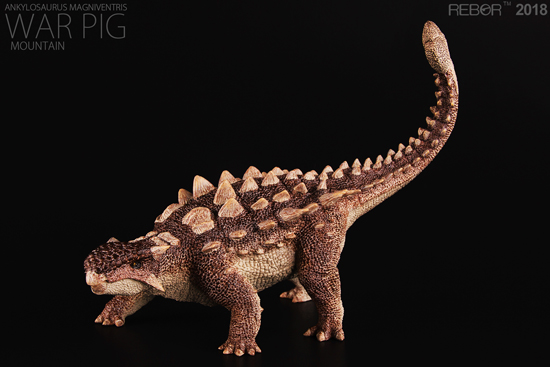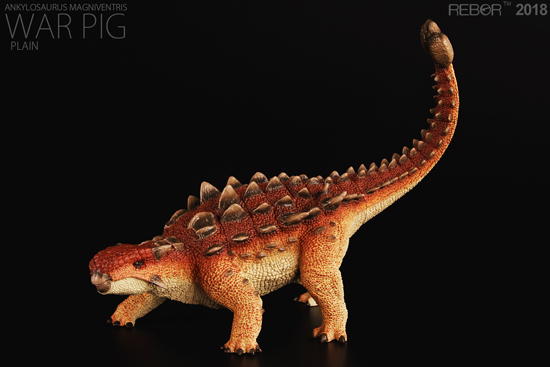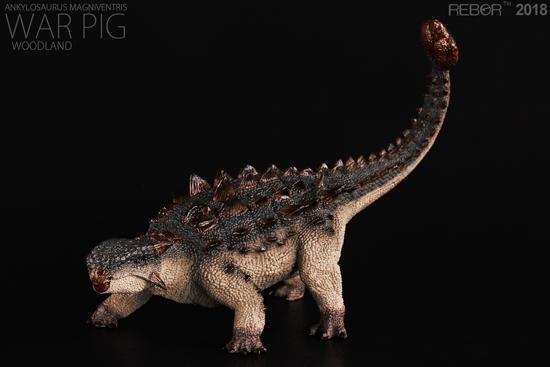JurassicCollectables Reviews the New Papo Iguanodon
Papo Iguanodon Video Review (JurassicCollectables)
The sequence of new for 2018 Papo model video reviews by JurassicCollectables has been extended with the posting up of a review of the Papo Iguanodon dinosaur model. Thanks to Everything Dinosaur’s support, the talented people at JurassicCollectables have been able to post up numerous Papo model reviews this year and the quality of these videos and the care taken in their production, leaves other YouTube channels very much in JurassicCollectable’s wake.
The New for 2018 Papo Iguanodon- Video Review by JurassicCollectables
Video credit: JurassicCollectables
“Thumbs Up” for a Top Iguanodon Video Review
Once regarded as an “English” dinosaur, the holotype material for the only species represented within this genus has been assigned to extensive fossils from Belgium. There is certainly a long history of research into “iguana tooth” and a nice touch in the opening minute of the video review was to reference this fact and to show an image of the Iguanodon models on display at the Crystal Palace park in London. Our interpretation of iguanodont anatomy has certainly changed a lot since the days of Benjamin Waterhouse Hawkins.
The Famous 19th Century Crystal Palace Dinosaurs
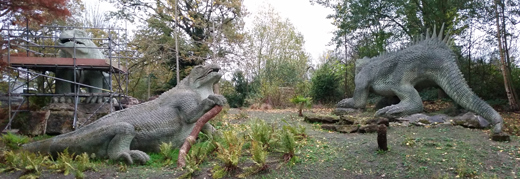
Picture credit: Everything Dinosaur
A Detailed Video Description of Iguanodon
In the JurassicCollectables video review, the narrator provides a detailed description of this skilfully made plant-eating dinosaur model. Particular attention is given to the skull sculpt including the presence of an articulated lower jaw on the figure. The narrator discusses the grey tones used in the sculpt and the general painting of the model before the video shows the subtle black striping running down the thick tail.
Such colour patterns have been associated with hadrosaur fossils from North America and it is indeed very likely, that a large animal such as Iguanodon had a thick tail. The design team at Papo are praised for the detail that they have incorporated into the figure. The creases and folds of skin around the thighs and pelvic area are singled out for comment. The fine detailed scales on the hands of Iguanodon (complete with thumb spikes), are also discussed.
The JurassicCollectables YouTube channel has lots of Papo model videos, plus reviews of many other new for 2018, prehistoric animals. It is definitely a “go to” channel for many dinosaur enthusiasts and model collectors. To visit the JurassicCollectables YouTube channel and to subscribe: JurassicCollectables on YouTube.
The Papo Iguanodon Dinosaur Model
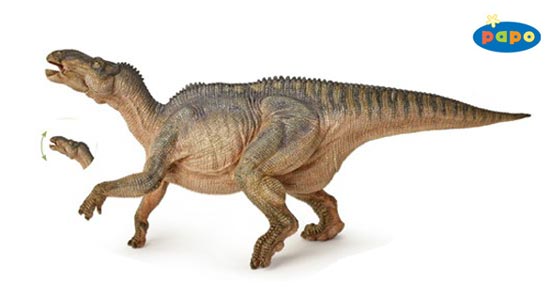
Comparing the Papo Iguanodon to Other Papo Dinosaur Models
We are looking forward to receiving the rest of the new for 2018 Papo replicas, including the new paint version of the Papo Acrocanthosaurus, which is also shown in this highly informative video. The Papo Acrocanthosaurus model, nicknamed “tiger stripes” is used by JurassicCollectables to provide a size comparison with the Papo Iguanodon.
To view the range of Papo prehistoric animal models available from Everything Dinosaur: Papo Dinosaur and Prehistoric Animal Models.
The Papo Iguanodon and the Papo Acrocanthosaurus (2018 Version) Compared
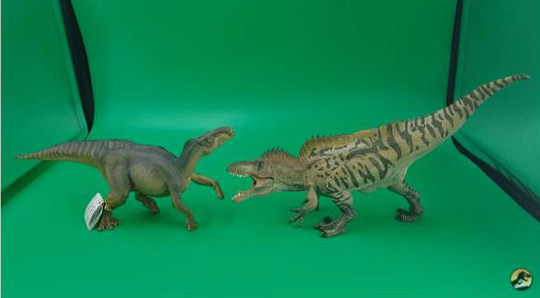
Picture credit: JurassicCollectables
The narrator describes the colour scheme on the Papo Iguanodon as “elephant-like”, quite appropriate as I. bernissartensis was certainly as big as an elephant. The recently reviewed Papo Therizinosaurus is also used by JurassicCollectables in this video, the two herbivorous dinosaur models look great together.
The Papo Therizinosaurus Next to the Papo Iguanodon Figure
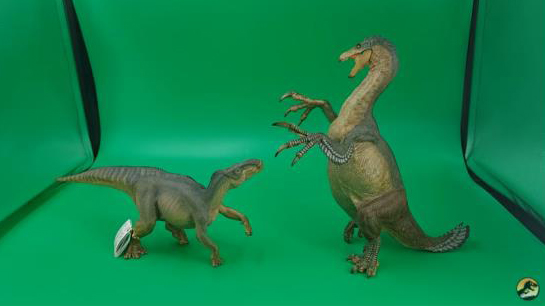
Picture credit: JurassicCollectables
Visit the award-winning Everything Dinosaur website: Everything Dinosaur.


